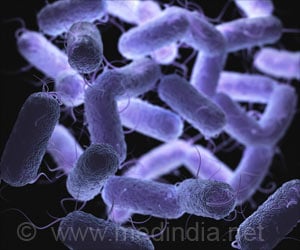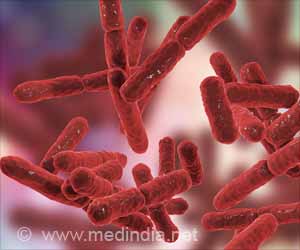Worldwide collaboration yields in-depth structural comprehension of a crucial bacterial enzyme, providing a foundation for chemists to design breakthrough drugs.

Structure snapshots reveal the mechanism of a bacterial membrane lipoprotein N-acyltransferase
Go to source).
Unveiling the Battle Plan
The scientists, led by Martin Caffrey, Fellow Emeritus in Trinity’s School of Medicine and School of Biochemistry and Immunology, used next-gen X-ray crystallography and single particle cryo-electron microscopy techniques to “look under the bacterial bonnet” and produce a molecular blueprint of the full-length enzyme that may be used to design drugs that attack any structural weaknesses. Because the enzyme Lnt is not found in humans – it only exists in bacteria and helps them build stable cell membranes through which things are transported in and out of cells – it is of huge potential significance as a therapeutic target as any bespoke drug designed to attack it should have fewer side-effects for patients.‘New study aims to achieve high-resolution structural insights into a pivotal bacterial enzyme, opening avenues for chemists to create innovative drugs that can effectively target and neutralize disease-causing bacteria, addressing the urgent issue of antibiotic resistance.
# Antibiotic Resistance, #Bacteria, # Drugs
’





The research has just been published in the leading international journal Science Advances. Confronting the Threat Worldwide
Martin Caffrey said: “A number of disease-causing bacteria have developed resistance to a plethora of first-choice drugs used to treat them and, with antimicrobial resistance on the rise in general, the World Health Organization has for some time now advised that a post-antibiotic era, in which minor injuries and common infections could prove fatal, is looming”.“New drugs are therefore badly needed and, while the journey can be a long one from providing a structural blueprint like this to developing a new drug, the precision to which we have resolved this potential target paints something of a ‘bullseye’ on that target.”
Reference:
- Structure snapshots reveal the mechanism of a bacterial membrane lipoprotein N-acyltransferase - (https://www.science.org/doi/10.1126/sciadv.adf5799)
Source-Eurekalert














